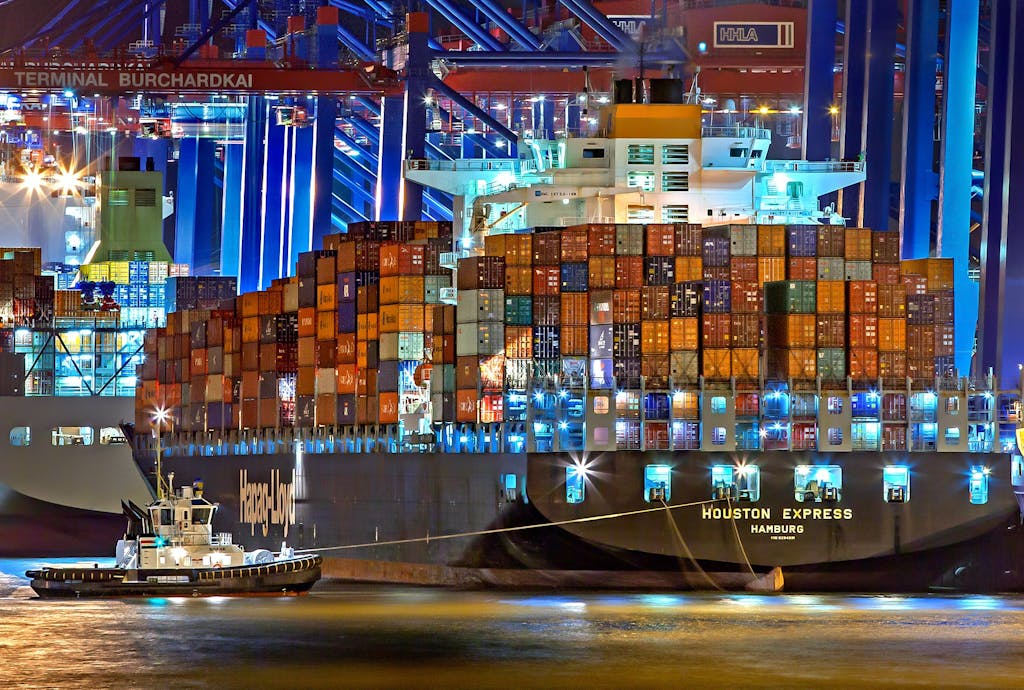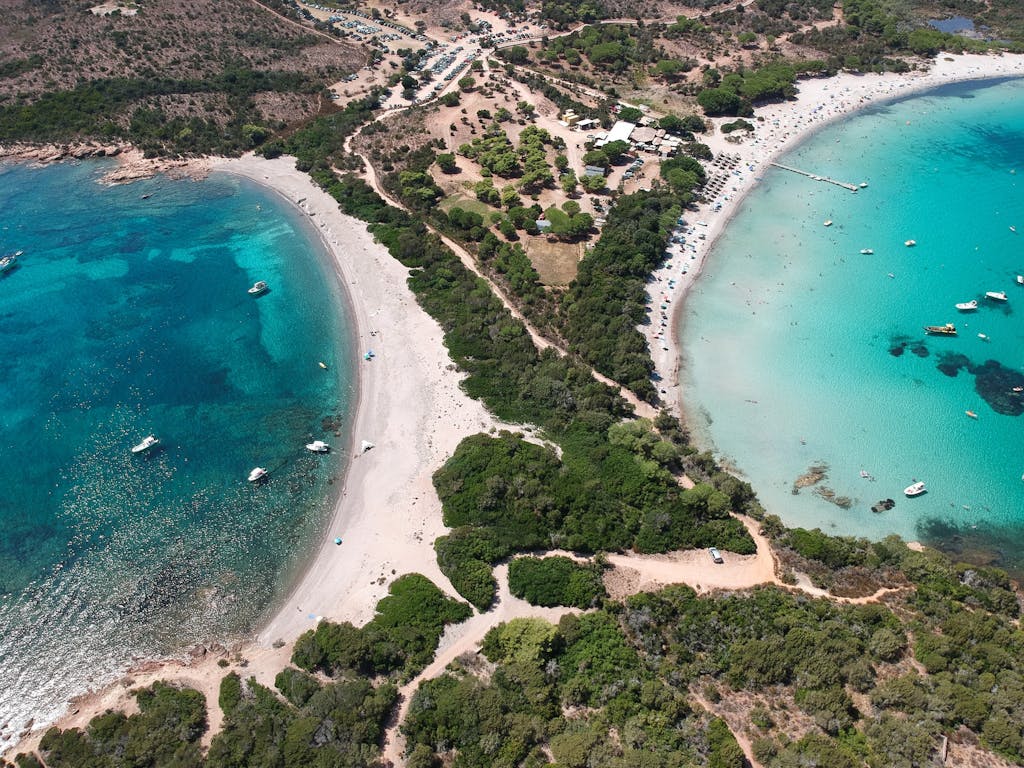For the green transition to succeed, it is imperative that as we eliminate greenhouse gas emissions, we help build the resilience of communities and infrastructure already affected by a changing climate, regenerate natural ecosystems, and leave no one behind. The shipping industry’s transition to zero emissions can and should deliver on all of these challenges.
Transforming global shipping is a critical part of reaching the Paris Agreement target of limiting global warming to 1.5 °C and building zero emissions, resilient global supply chains that billions of people rely on.
Today, the global shipping industry is responsible for the movement of 90% of all global trade, and currently accounts for about 3% of global greenhouse gas (GHG) emissions. If left unchecked GHG emissions from shipping could grow by 50% from 2008 levels by 2050, making the Paris goals all but unattainable.
Capitalizing on Progress Made at COP 26 to Decarbonize Shipping
COP 26 led to significant progress towards the decarbonization of the maritime sector with new commitments to raise ambitions and implement zero emissions shipping projects, both by governments and the private sector. These include:
- Getting to Zero Coalition’s Call to Action. Signed by over 260 organizations in the maritime ecosystem, the Call to Action asks governments to put in place the enabling policy framework needed to decarbonize shipping;
- Declaration on Zero Emission Shipping. 14 countries committed to work with the International Maritime Organization to place the sector on a pathway to achieving full decarbonization by 2050 with interim targets for 2030 and 2040;
- Clydebank Declaration for Green Shipping Corridors. 22 countries committed to establish at least six zero-emission shipping routes by 2025;
- Dhaka-Glasgow Declaration of the Climate Vulnerable Forum. 55 of the world’s most climate-vulnerable countries called for a mandatory GHG levy on international shipping to ensure that emission measures are aligned with a 1.5ºC pathway, with revenues supporting urgent climate actions, particularly in vulnerable developing countries;
- Just Transition in Maritime Taskforce. Spearheaded by the UN Global Compact, the International Transport Federation, the International Chamber of Shipping, the International Labour Organization and the International Maritime Organization, the Taskforce aims to ensure a people-centred transition to a zero carbon shipping industry.

The Houston Express gets pulled by a tugboat in Hamburg, Germany. Photo: Julius Silver/ Pexels
Against this backdrop, while we continue to build on the progress made in 2021, 2022 must be the year of turning commitments into actions.
Turning Climate Commitments Into Action
The Clydebank Declaration for Green Shipping Corridors is a key initiative to deliver clean shipping as soon as possible. Green corridors can catalyze and accelerate decarbonization of the maritime sector. They do this by bringing together key stakeholders from across the private sector and maritime value chain, as well as governments at all levels, to target policies and investments that will prove the viability of zero-emission shipping.
But, as stated in the Declaration, the transition to clean shipping should also “unlock new business opportunities and socioeconomic benefits for communities across the globe.” Decarbonizing the shipping industry is not enough. A systems approach to shipping decarbonization is fundamental for success.
Ensuring a Just and Equitable Transition
To be robust and sustainable in the long term, the decarbonization of shipping must also support a just and equitable transition. It must also account for the impact of a changing climate and build the resilience of coastal and port communities already suffering from these impacts. Such efforts will contribute to the global UN-backed Race to Resilience campaign, which is mobilizing businesses, investors, cities and regions to build the resilience of 4 billion people from vulnerable groups and communities to climate risks by 2030.
With more intense and frequent extreme weather events and sea level rise, coastal communities and infrastructure are among the most at risk. By 2050, the global community will face annual costs of over $1 trillion in coastal urban areas as a result of the combined effects of rising sea levels and extreme weather events. These impacts are unequally distributed and Small Island Developing States (SIDS) and Least Developed Countries (LDCs) are far more exposed and will experience losses in a more extreme manner.

During the high tide the inhabitants of Ghoramara Island are fixing the fragile soil embankment to restrain the further land erosion. Photo: Debsuddha Banerjee / Climate Visuals Countdown
Investing in Ports Key to Success of Green Corridors
As green corridors are designed and developed, investing in resilience for ports and surrounding communities – including nature-based solutions – will help ensure longevity for these investments. Ports will play a key role in ensuring the success of the corridors, serving as hubs for clean shore power systems and energy sources (particularly green hydrogen) for shipping’s energy transition. However, this will require important transformations for ports that will impact customers, workers and the communities living nearby. It will therefore be crucial for the transition journey to follow a ‘’total value approach’’ (Total Value = Financial Value + Economic Value + Social Value + Natural Value). Without understanding the total value across the life cycle of an asset, the most valuable, socially and environmentally viable decisions will not be made. For ports, such a systems approach will create opportunities to connect their facilities with domestic power grids and contribute to decarbonizing cities while creating larger markets for clean energy, as well as creating green jobs and restoring and protecting natural coastal ecosystems.
The maritime workforce, both on and off the water, is also a critical part of the green transition. Plans for reskilling, upskilling and building new green skills will need to be included in green corridor roadmaps, harnessing opportunities for decent work across the zero-emission vessel and zero carbon fuel supply chain. New jobs – from infrastructure to engineering – must be green, safe and decent.

Boats depart Rondinara Beach and Sant'Amanza Bay in Corsica. Photo: Mathilde Cureau/ Unsplash
Making the Green Transition Together
The global maritime community must also endeavour to ensure that the global north and south can make the green transition together and benefit from the economic opportunities it creates. SIDS, LDCs, and other developing countries are some of the most vulnerable to the impacts of climate change. At the same time, they are at high risk of being severely impacted by an increase in transport costs as shipping moves away from fossil fuel use to zero carbon fuels that, in the near-term, are more expensive. However, they can also show leadership by being the source of solutions, from producing the sector’s new green fuels to demonstrating the viability of innovations in clean energy production and technologies like wind and batteries that are suitable for smaller routes. The key is to make sure that these countries are at the table as solutions are designed.
2022 Is a Big Year for Ocean Climate Action
2022 will be a critical year for the implementation of ocean and climate actions. We need to deliver on the commitments that were made at COP 26. And we need to do that in ways that will be truly sustainable for the long term, taking people and nature into account.
There are many milestones ahead of us this year, including: the One Ocean Summit (February 9-11, France), the Our Ocean Conference (April 13-14, Palau) and the UN Ocean Conference (June 27 to July 1, Portugal), as well as COP 27 (November 7-18, Egypt). Each of these moments should move us further down a path towards operational green corridors across the globe that showcase zero emissions ships and resilient ports and communities. They must also serve to reiterate the message that shipping decarbonization and resilient communities and infrastructure must be shared priorities. Not delivering on one will affect the success of the other.
We have no time to waste to deliver on these challenges if we want global trade to operate sustainably in the long term.
We call on leaders from the public and private sectors to be part of this journey.
This article was originally drafted for the United Nations Framework Convention on Climate Changes’ (UNFCCC) Race to Resilience and Race to Zero. You can find the original article here.










